The job application process has grown immensely competitive over the years. An eye-catching resume is your ticket to a potential interview, and the difference often lies in its style. As renowned career coach Hannah Smith opines, “A resume is more than just a list. It’s an art, a reflection of the person behind the paper.”
Decoding Resume Styles
Broadly, resume styles can be classified into three categories:
- Informal: These tend to be more relaxed and can be effective for specific industries such as startups or creative fields.
- Creative: A dash of design, creative fonts, and maybe even a splash of color. Perfect for roles in design, media, and other arts.
- Conventional: Timeless, clean, and effective, this style appeals to a wide range of industries.
Choosing the Right Elements
- Paper and Text: It might seem basic, but the choice of paper and ink color makes a difference. Stick to white paper with black text. Career expert James Lin says, “The color of professionalism isn’t grey, blue, or pink. It’s white and black.”
- Columns: Structuring your resume is pivotal.
- One column resumes are the traditional choice, flowing from top to bottom.
- Two column resumes, gaining popularity, are intuitive to read. A 2020 HR survey suggested that around 65% of employers preferred a two-column format.
- Three column resumes should be used sparingly, ensuring they don’t appear cluttered.
- Fonts:
- Serif fonts, like Times Roman, are often easier to read in print.
- Sans serif fonts, such as Arial, are screen-friendly.
- Text Alignment: Stick to left-aligned text for a neat, professional look. Justified text can sometimes lead to awkward spacing.
- Bulleted Lists: Bullet points bring clarity, emphasizing skills and achievements. A study by ResumeLab in 2021 found that resumes with bullet points had a 50% higher chance of being read than those without.
- Graphical Elements: A touch of shading or a strategically placed line can enhance your resume’s appeal. But, always remember the golden rule: simplicity is key. “Resumes are not a space for abstract art, but for concrete achievements,” states graphic designer Mia Roberts.
Final Tip: It’s always a good idea to print and review a physical copy of your resume. Sometimes, what looks good on screen might not translate well to paper.


